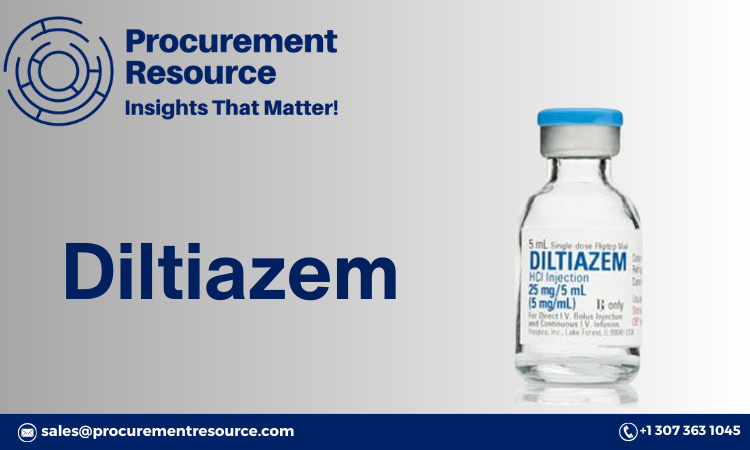Methylamine Hydrochloride Production Process Report: Pre-feasibility, Industrial Trends, Labor Charges

Methylamine Hydrochloride (MAH) is a critical intermediate in the chemical industry, particularly in the synthesis of pharmaceuticals, agrochemicals, and specialty chemicals. It plays a pivotal role in the production of various chemical compounds, including disinfectants, rubber accelerators, and polymers. With its growing demand in industries like pharmaceuticals, agriculture, and textiles, understanding the production process of Methylamine Hydrochloride has become more important than ever. This blog aims to provide insights into the pre-feasibility of the production process, explore the industrial trends surrounding MAH, and highlight the importance of labor charges in manufacturing operations. Why Methylamine Hydrochloride Production Process Matters The production of Methylamine Hydrochloride involves key chemical reactions and processes that are critical for the generation of high-quality products used across several industries. The two main methods used for its production are th...






